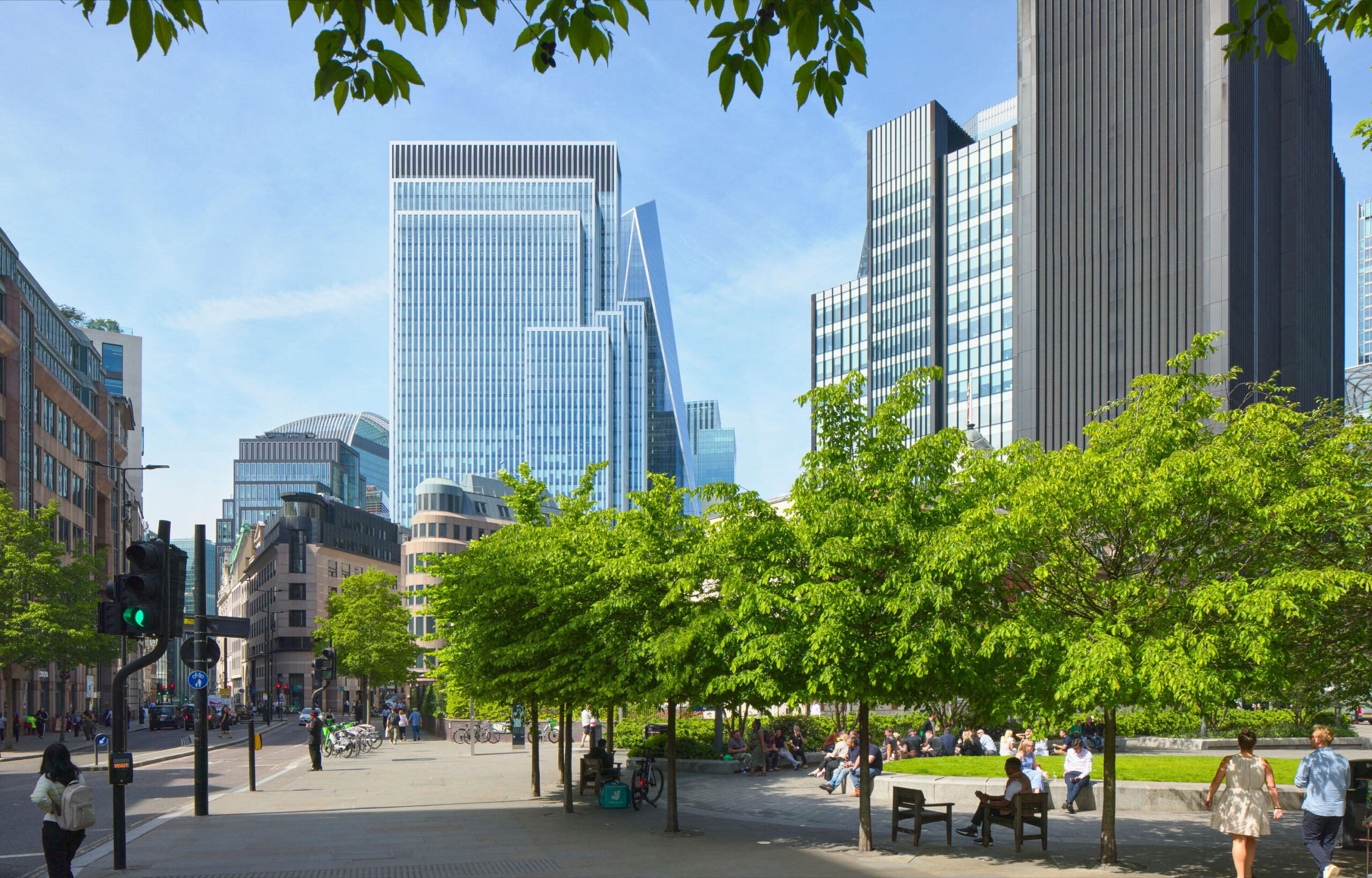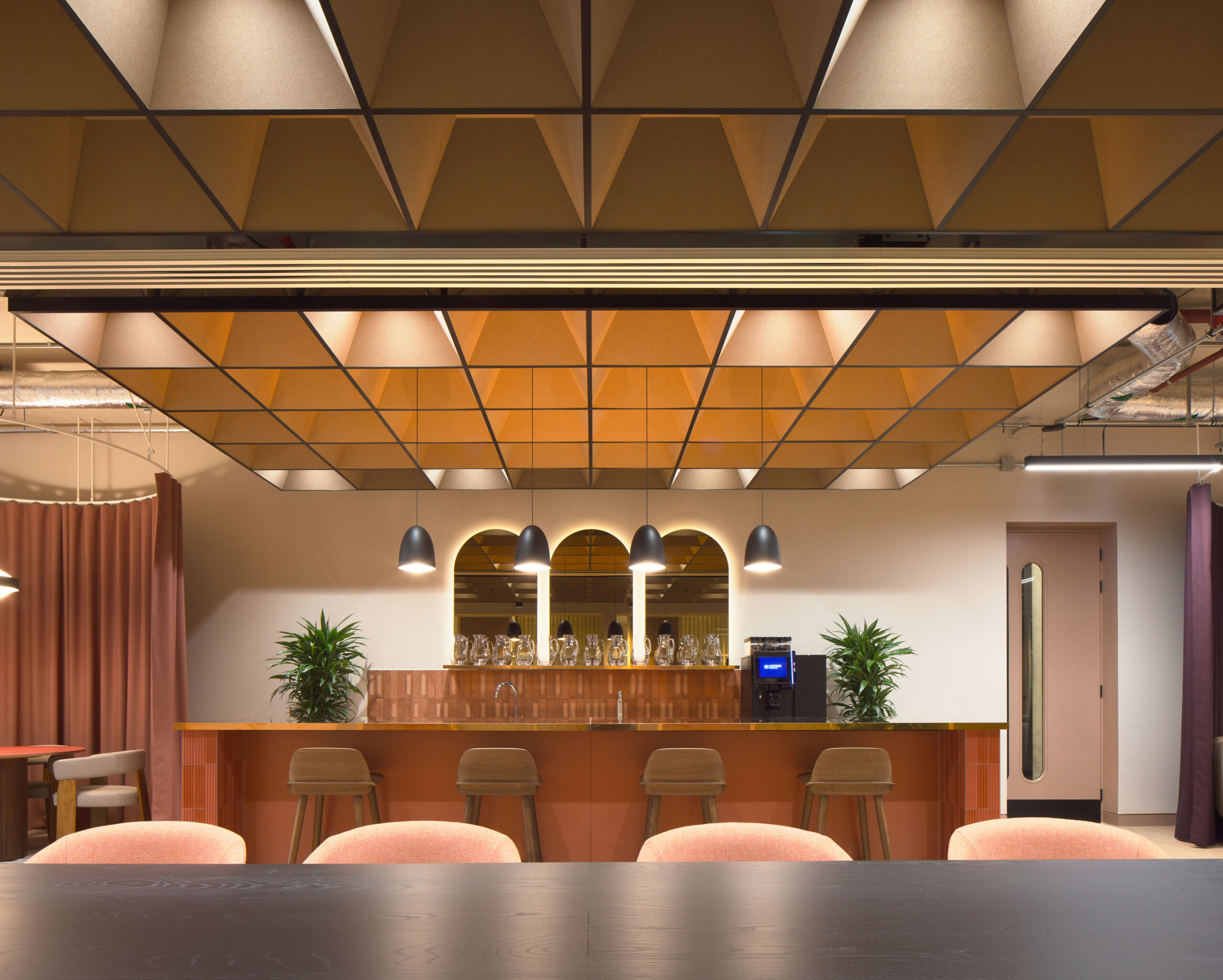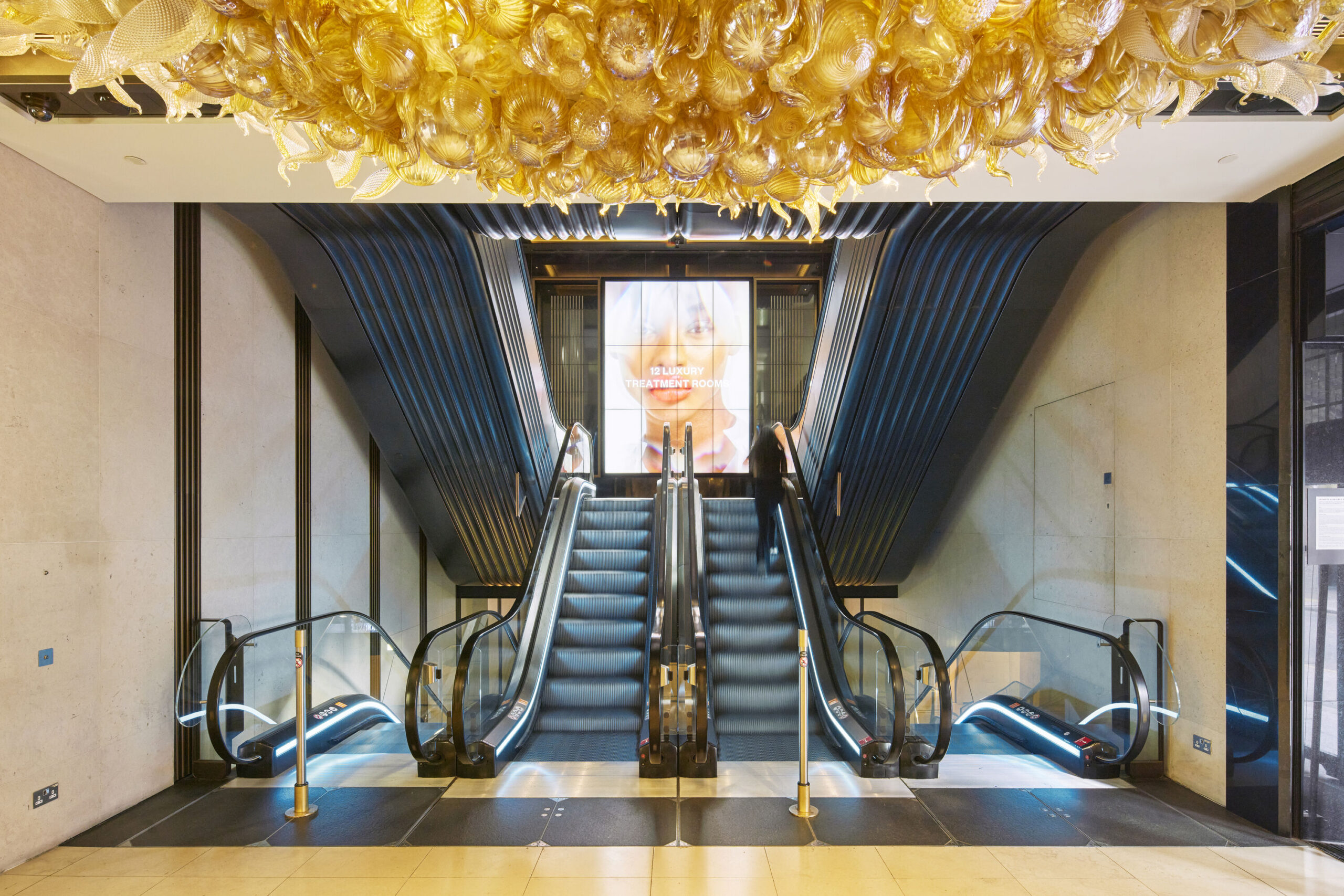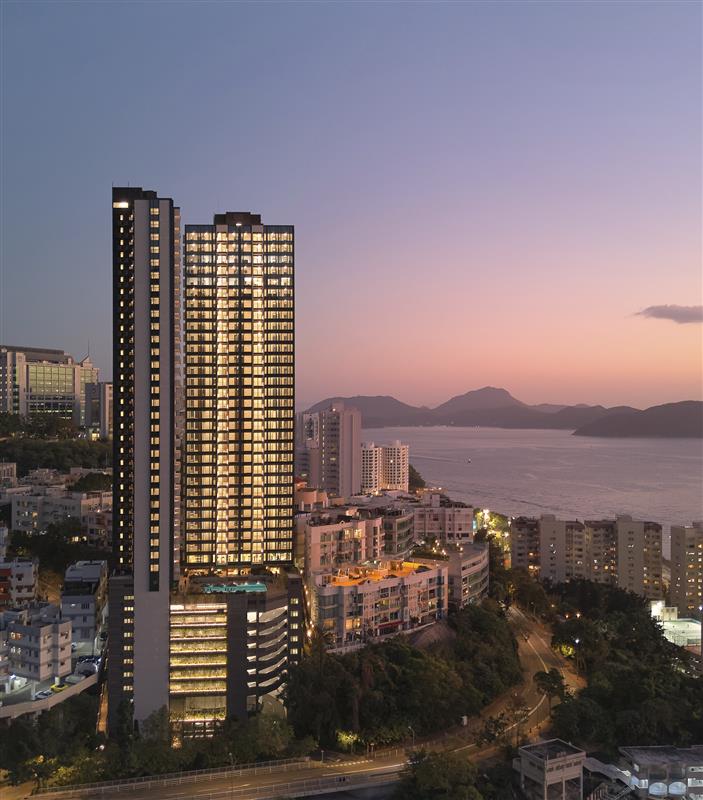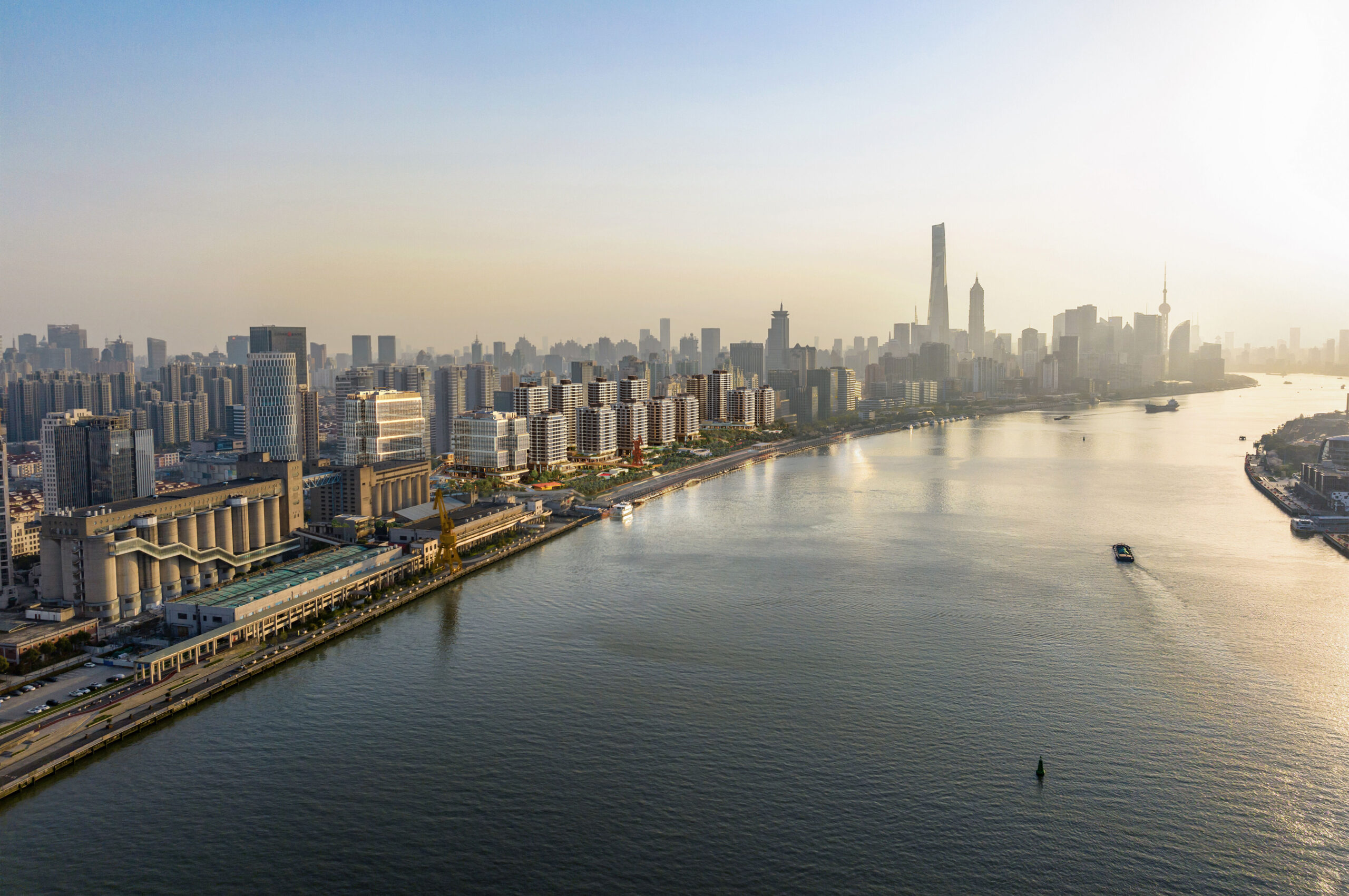
Hyperlocal retail post-Covid
The pandemic’s impact on retail has not been equally distributed. When offices shut due to work-from-home orders, city-centre retail slumped while shops closer to where people lived held up relatively well.
Nearly two years later, despite the strictest restrictions now behind us in the West, those trends are still evident. In the state of New York, for example, footfall in areas with retail and recreation is down 32% in Bronx County and 36% in New York County as of November 2021. These are by far the worst-hit counties in the state, and while the rest vary, activity is up in a handful of less densely populated places.
The same is true in the UK. According to the Centre for Cities’ High Street Recovery Tracker, London’s footfall is still only 53% of pre-pandemic levels, though spend has now recovered. By contrast, footfall in Blackpool is up 14% and spend has more than doubled. Places like Southend, Barnsley and Burnley have similarly recovered.

Shop local
In August 2020, the UK government launched a Shop Local Week campaign to encourage people to support their communities after the first lockdown. This and similar campaigns – combined with the reality of people staying closer to home – have had a lasting impact. According to Barclaycard, nine out of ten people who shopped locally said they will continue to do so, following a 63% rise in spend in specialist food and drink stores.
At a retail roundtable discussion hosted by Make Architects, panellists spoke about how local independent brands have thrived in places like Hong Kong in recent years. Part of this was due to larger brands halting their geographic expansion during the pandemic, leaving a gap for smaller businesses to fill.
These businesses, one panellist noted, would copy or adapt ideas from larger brands that could no longer expand. Ultimately, however, their success reflected what the speakers agreed was a global theme: people love supporting local business.

15-minute neighbourhoods
People love local for many reasons, and the conversation around 15-minute cities – places where everything people need is a walk or a cycle away – heated up in 2020. The C40 group of cities released several reports about 15-minute cities and how to create them throughout 2020 and 2021.
Although the concept is not new, the benefits reflect people’s current priorities: more green spaces, shorter commutes, better sustainability and wellbeing due to less traffic, and a boost to local economies.
Over the last couple of years, these conversations have turned into action. In Paris, Mayor Anne Hidalgo was re-elected in 2020 in part due to her ‘hyper-proximity’ strategy, which includes plans to install cycle paths on every street and bridge, turning more than 70% of on-street car parking space into other uses and increasing the amount of office space in areas that need it.
Even in the US, where sprawling cities have historically required cars and long commutes, change is happening. Houston, Texas, for example, adopted new regulations in August 2020 in an effort to make the city less reliant on cars. Ordinances included expanding pavements and relocating car parks to the back or side of buildings, especially around areas near bus and train stations, to make them more attractive and pedestrian-friendly.
Cities like these will ensure that going local is not a pandemic-era aberration but a turning point for the places around us.

Remote work
Another factor in the popularity of hyperlocal retail is that remote working is here to stay. Since early 2020, we have collectively experimented with the pros and cons of remote working, and the lasting impact appears to be a permanent shift towards flexibility on this front.
A recent survey of workers in the UK, US and Australia showed that 70% of people expect to work from home at least one day a week, even after the majority of people are vaccinated. The percentage of office workers that feel more productive at home has risen in the last year from 33.6% to 46.4%. This implies that we are now better equipped – both literally and mentally – to work at home at least some of the time.
With more time spent at home, the places where we live will have to meet our retail needs. Even if people spend fewer days at home than they did in 2020, future demand for local shops, cafes and bars will likely remain higher than it was pre-pandemic.
Our thanks to:
Albert Chu
Claire Hepher-Davies, The Crown Estate
David Waldren, Vicinity
Joanna Russell, Frasers
James Hepburn, Ipswich Council, Queensland, Australia
Lucy Puddle, Grosvenor
Paul Husband & Vicky Li, Husband Retail
Stuart Harris, Milligan
Make Retail portfolio






